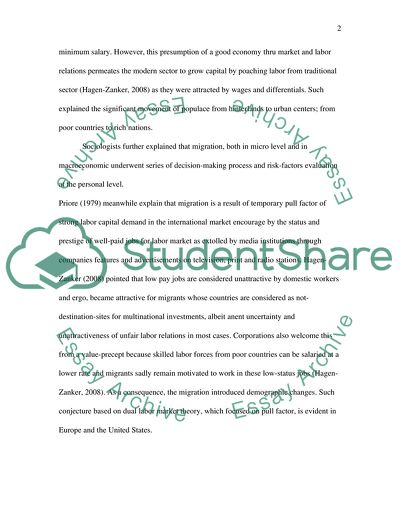Cite this document
(Migration and Economic/Media Development Essay Example | Topics and Well Written Essays - 1500 words, n.d.)
Migration and Economic/Media Development Essay Example | Topics and Well Written Essays - 1500 words. https://studentshare.org/sociology/1759723-migration-and-economicmedia-development
Migration and Economic/Media Development Essay Example | Topics and Well Written Essays - 1500 words. https://studentshare.org/sociology/1759723-migration-and-economicmedia-development
(Migration and Economic/Media Development Essay Example | Topics and Well Written Essays - 1500 Words)
Migration and Economic/Media Development Essay Example | Topics and Well Written Essays - 1500 Words. https://studentshare.org/sociology/1759723-migration-and-economicmedia-development.
Migration and Economic/Media Development Essay Example | Topics and Well Written Essays - 1500 Words. https://studentshare.org/sociology/1759723-migration-and-economicmedia-development.
“Migration and Economic/Media Development Essay Example | Topics and Well Written Essays - 1500 Words”. https://studentshare.org/sociology/1759723-migration-and-economicmedia-development.


